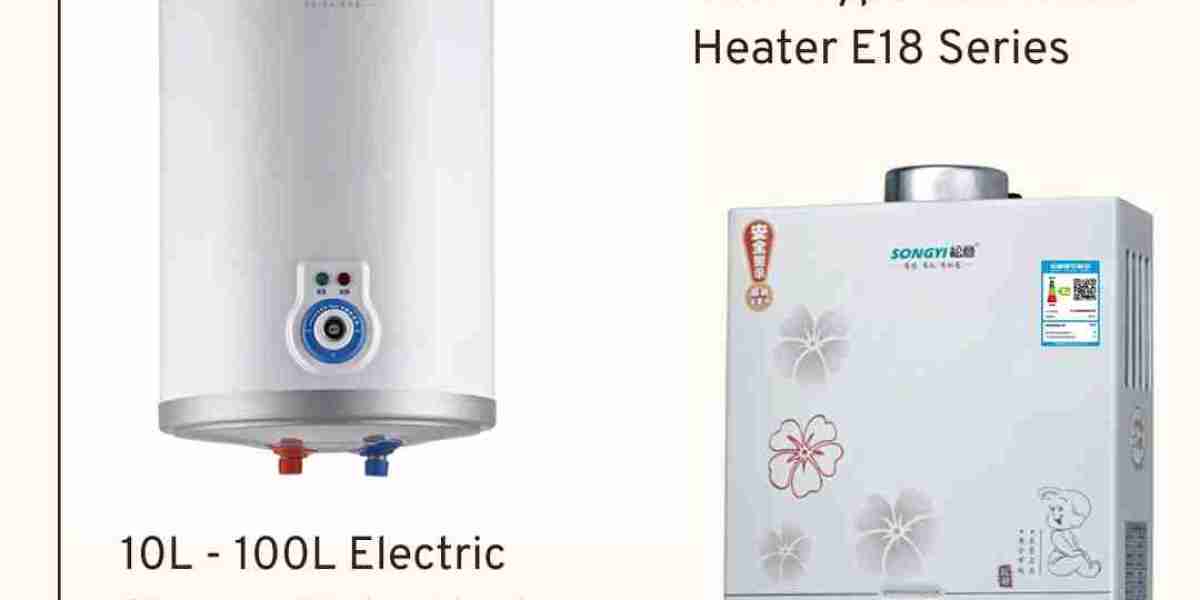The ultrafiltration membranes market is undergoing significant transformation as leading global players intensify their competition through product innovation, capacity expansion, and geographic penetration. As the demand for ultrafiltration (UF) systems grows across sectors such as water treatment, pharmaceuticals, food & beverage, and biotechnology, top-tier manufacturers are redefining their competitive strategies to maintain market leadership.
Overview of Market Dynamics
1. Market Consolidation and Strategic Positioning
The ultrafiltration membranes industry has seen a wave of mergers and acquisitions over the last five years. Larger corporations are acquiring niche players and startups to diversify their product portfolios, integrate upstream capabilities, and accelerate access to new markets. This consolidation trend is shaping a more streamlined yet competitive global arena, with fewer but more dominant players exerting greater control over pricing and supply.
2. Focus on Differentiation through Technology
While the basic mechanism of ultrafiltration remains similar across systems, companies are investing in proprietary membrane materials, enhanced fouling resistance, energy efficiency, and modular designs to stand out in the market. Differentiation is especially important in industrial applications that demand custom specifications.
3. Global Footprint and Localization Strategies
With demand rising sharply in Asia-Pacific, Latin America, and Africa, global UF players are establishing localized production and distribution hubs. These efforts reduce logistical costs, cater to regional regulatory needs, and provide better after-sales support—offering a competitive edge over companies limited to North American or European operations.
Leading Global Players: Competitive Profiles
1. DuPont Water Solutions (USA)
A dominant name in membrane technology, DuPont offers advanced UF membranes under the IntegraFlux™ and IntegraPac™ brands. With a broad presence in desalination, wastewater treatment, and industrial processing, the company leverages its global R&D strength and supply chain infrastructure. Its acquisition of Desalitech and OxyMem has further deepened its market presence.
2. Pentair X-Flow (Netherlands)
Pentair X-Flow is recognized for its high-quality hollow fiber membranes used in water, food, and beverage sectors. The company’s commitment to sustainability and its strong reseller network give it a competitive advantage, particularly in European and emerging markets. Its advanced engineering support and modular system design appeal to cost-conscious buyers.
3. 3M Purification Inc. (USA)
3M continues to leverage its material science expertise to develop robust UF membranes for healthcare, life sciences, and water filtration. Its competitive strength lies in its ability to integrate UF technology with other filtration and monitoring systems for holistic solutions—ideal for complex industrial settings.
4. Koch Separation Solutions (USA)
Koch’s PURON® line of UF membranes is widely used in municipal and industrial water treatment. The company’s strong vertical integration, backed by the Koch Industries conglomerate, gives it a unique advantage in scaling up, customizing, and servicing its membrane systems worldwide.
5. Suez Water Technologies & Solutions (France/USA)
Before being acquired by Veolia, Suez was a major player with its ZeeWeed® hollow-fiber membranes. The merged entity retains a strong foothold in the market, especially in high-volume municipal treatment systems. Innovation, robust after-sales service, and a presence in over 100 countries make it a formidable competitor.
6. Toray Industries Inc. (Japan)
Toray has made a name for itself with its low-energy, high-flux UF membranes. Its stronghold in Asian markets and expanding presence in the Americas have enabled it to scale operations efficiently. R&D remains central to Toray’s long-term strategy, supported by collaborations with academic institutions and government bodies.
7. Hydranautics – A Nitto Group Company (USA/Japan)
Hydranautics, part of the Japanese Nitto Denko Group, specializes in membranes for industrial separation processes. Its global manufacturing capability and deep investment in nanotechnology and polymer science support its competitive agility, particularly in specialized filtration systems.
Key Strategic Moves
1. Product Diversification
Many companies are expanding beyond standard water filtration to serve sectors such as dairy processing, biotechnology, and medical devices. This diversification not only increases revenue streams but also cushions them against regulatory or seasonal fluctuations in one segment.
2. Vertical Integration
By controlling membrane material production, module assembly, and system integration, leading players reduce dependency on third parties. This end-to-end capability enables better quality control and faster customization for end-users.
3. Expansion into Emerging Markets
From India to Brazil and South Africa, rapid urbanization and infrastructure upgrades are opening new opportunities. Players like DuPont and Pentair are investing in training centers, regional sales teams, and localized R&D labs to compete with domestic manufacturers.
4. Sustainability and Green Certifications
Global players are aligning their manufacturing processes and products with sustainability standards such as ISO 14001 and LEED. This eco-friendly positioning resonates with environmentally conscious governments and corporates, creating brand preference in tenders and bulk contracts.
Competitive Challenges
1. Pricing Pressures
Intense competition and commoditization in certain segments (e.g., municipal water filtration) have led to shrinking margins. Companies must balance between cost-efficiency and value-added differentiation to retain profitability.
2. Regulatory Hurdles
Global players must navigate varying standards across different geographies. Compliance with FDA, EU REACH, or other certifications can delay product rollouts and increase cost, putting smaller or unprepared firms at a disadvantage.
3. Technological Disruption
Startups and university spin-offs are entering the UF space with novel materials like graphene membranes or bio-inspired designs. While still emerging, these technologies have the potential to disrupt traditional polymer-based UF systems.
Conclusion
The ultrafiltration membranes market is highly competitive, driven by rapid technological innovation, shifting regional demand, and increasing application diversity. Leading players are deploying a combination of global reach, vertical integration, and sector-specific customization to secure their market positions. However, sustained leadership will depend on continual innovation, agile operations, and the ability to serve increasingly complex customer needs across industries.
As sustainability, digital monitoring, and healthcare applications evolve, competition among UF manufacturers is set to intensify—pushing the market toward smarter, safer, and more cost-efficient solutions.




